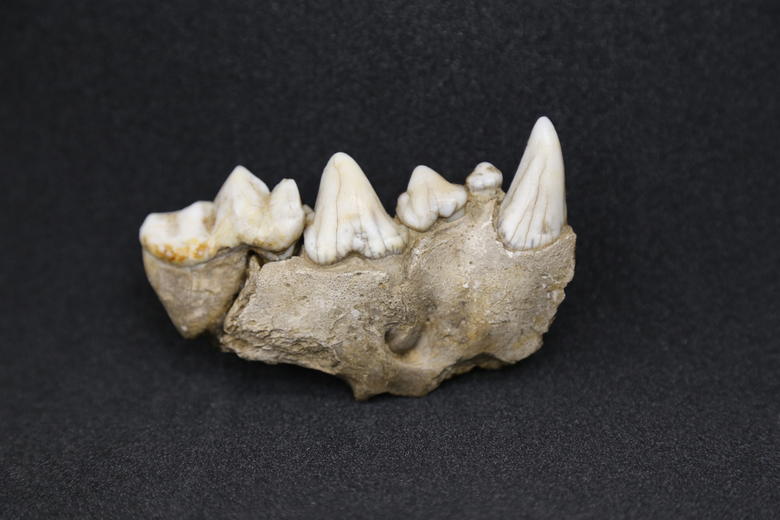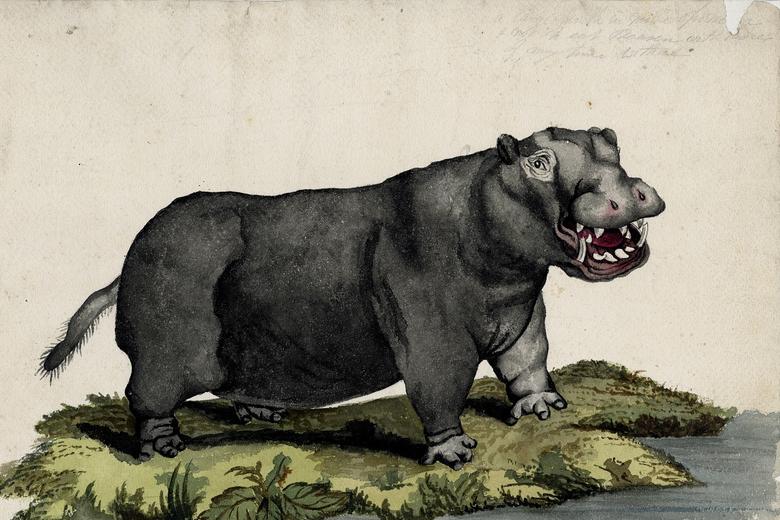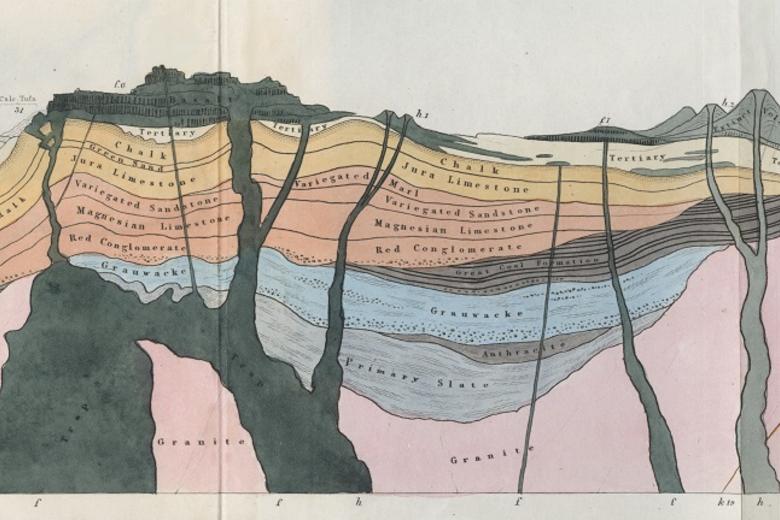Breaking Ground
What the colourful archives of William and Mary Buckland reveal about science, status and society
Through the expansive finding of fossils and development of new techniques and methods, the 19th century transformed our understanding of the history of Earth. Breaking Ground explores these themes through William Buckland, geologist and palaeontologist, and Mary Buckland (née Morland), a scientific illustrator, the couple at the heart of this exhibition. They both helped to establish new scientific methods and ideas, which led to fascinating discoveries in palaeontology, including the first ever dinosaur to be named to science.
This exhibition showcases important specimens and fossils along with drawings, prints and paintings made by Mary Buckland and others, which helped spread the understanding of extinct groups of animals and plants among the 19th-century scientific community. These archives challenged any literal interpretations of the Bible. A much older planet was revealed, one that had undergone periods of glaciation – a controversial idea at the time – and in which hyaenas once populated the caves of Britain.
However, history remembers those powerful people associated with certain institutions and publications; lost to history are workers in colonised countries who dug for specimens, lower-status miners and quarriers around the UK, and most women regardless of class or wealth. Breaking Ground aims to shed a light on these hidden contributions and their role in shaping our understanding of the history of life on Earth.












